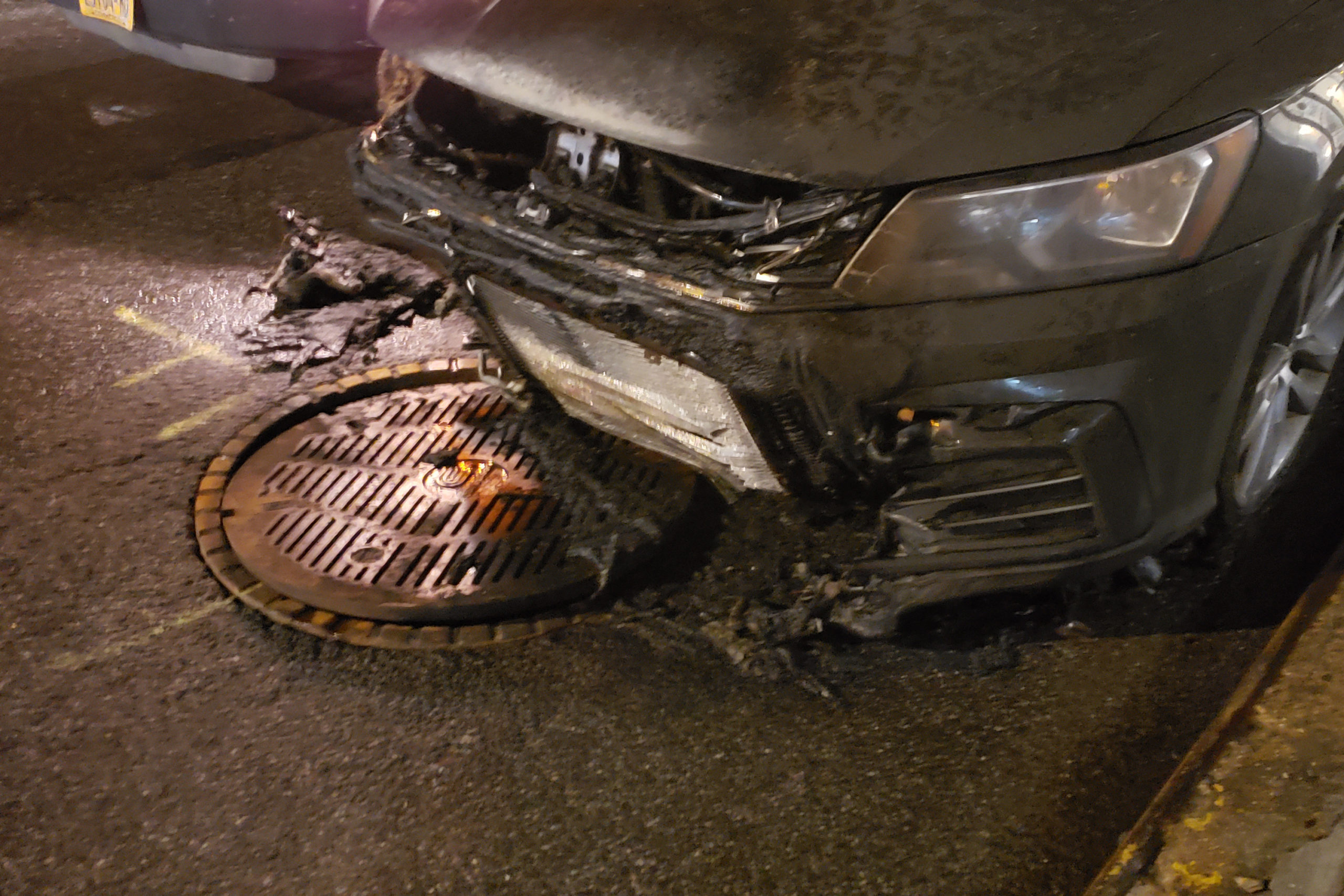NYC Manhole Fires Have Doubled in the Last Two Years

 This article was originally published on by THE CITY.
This article was originally published on by THE CITY.
Andrew Fine assumed lightning struck when he heard an explosion outside his Manhattan apartment on a recent Friday night.
But after one of his kids told him to look out their window, seeing “a car completely engulfed in flames,” he heard two more loud booms — and soon discovered that manholes were erupting beneath two cars parked on the block.

Brooklyn Boro
View MoreNew York City’s most populous borough, Brooklyn, is home to nearly 2.6 million residents. If Brooklyn were an independent city it would be the fourth largest city in the United States. While Brooklyn has become the epitome of ‘cool and hip’ in recent years, for those that were born here, raised families here and improved communities over the years, Brooklyn has never been ‘uncool’.